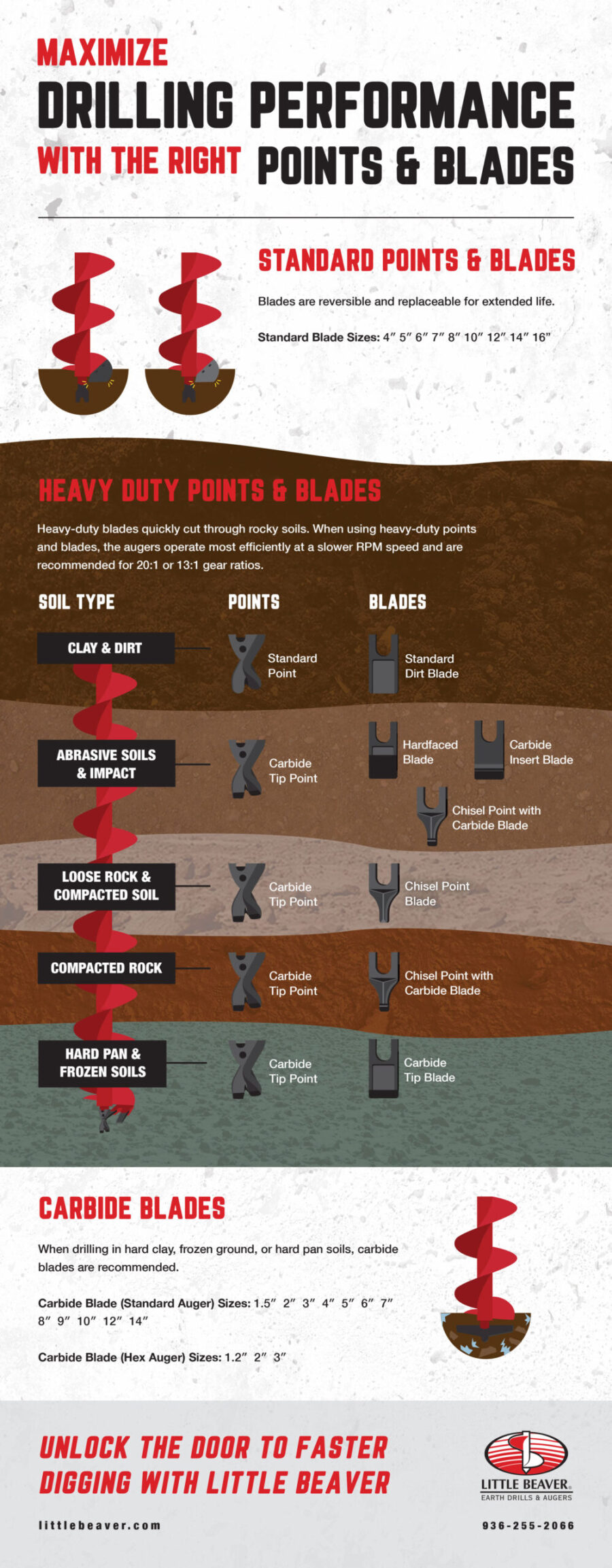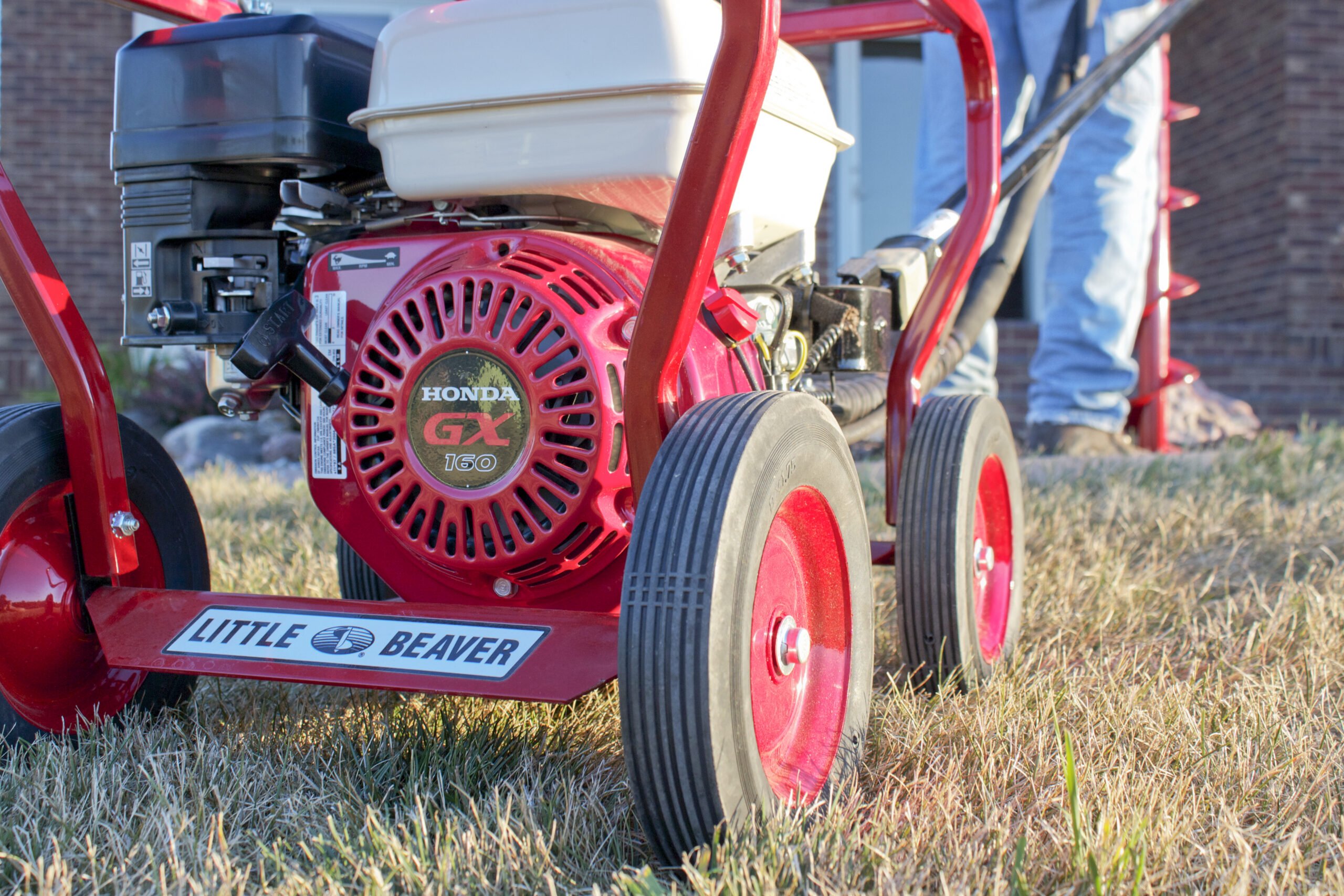
Choose the Best Earth Drill For Your Project
Optimize Your Earth Drill with Little Beaver
There are a lot of factors to consider when purchasing an earth drill. While some features may seem like mere details, the effect on productivity can be significant depending on soil types and applications. At Little Beaver, we offer a variety of customizable earth drill features to maximize drilling performance for each application.
Below, we explain some of our most common drill considerations.
Mechanical vs. Hydraulic
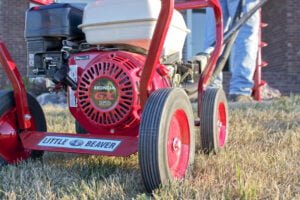 The first step in purchasing an earth drill is deciding between mechanical or hydraulic power. Your drill’s power source influences drilling strength, depth, attachment options and more. Knowing which projects you plan to tackle allows you to choose the drill that works with the accessories and kits you’ll need.
The first step in purchasing an earth drill is deciding between mechanical or hydraulic power. Your drill’s power source influences drilling strength, depth, attachment options and more. Knowing which projects you plan to tackle allows you to choose the drill that works with the accessories and kits you’ll need.
The mechanical earth drill offers high-speed auger rotation to dig holes quickly and cleanly. These models have engines ranging from 5.5 horsepower to 8 horsepower, providing ample power for nearly any project. The mechanical earth drills have a standard gear ratio of 10:1 with the option to purchase a 20:1 or 13:1 gear ratio for applications that require more power at a lower speed. The compact size of our mechanical earth drill makes it great for residential fencing, sign installation, landscaping and other limited access construction projects. With optional wet and dry horizontal boring kits, the mechanical drill allows you to take on even more projects such as boring under sidewalks or driveways.
The hydraulic earth drill offers rugged durability for challenging soils and applications. With engines ranging from 10.7 horsepower to 21.5 horsepower, Little Beaver hydraulic models offer ample power for drilling through heavy clay or rocky soils. We recommend the hydraulic earth drill for industrial fencing, foundation pier holes and groundwater monitoring. The hydraulic drill features an optional anchoring kit to install mobile home and utility anchors quickly and efficiently.
Maneuverability
Our mechanical and hydraulic earth drills come with two different engine carriage options so you can choose the best way to move your drill through the jobsite. The standard option is the rolling wheel carriage that features semi-pneumatic or pneumatic tires with the optional addition of a roll cage.
For additional maneuverability, you can upgrade to a specially designed rick-sha carrier that features 20-inch semi-pneumatic wheels for navigating over rough terrain. A convenient pull handle and transmission cradle make it easy to smoothly move the earth drill to your exact drilling location.
Drilling Handle
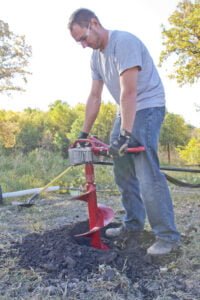 Both the mechanical and hydraulic earth drills feature our innovative torque tube. This tube redirects the torque away from the drill by transferring kickback from the auger to the power source. Most drills without torque protection require two operators. However, because our earth drills come with the torque tube, the standard handle on our drills is the one-man handle.
Both the mechanical and hydraulic earth drills feature our innovative torque tube. This tube redirects the torque away from the drill by transferring kickback from the auger to the power source. Most drills without torque protection require two operators. However, because our earth drills come with the torque tube, the standard handle on our drills is the one-man handle.
Our hydraulic drills offer additional handle options: a two-man handle for drilling holes that are larger in diameter or extra deep, and the high-torque anchor handle for anchoring mobile homes or light utility work.
Work with a Pro
There are many factors to keep in mind when choosing your earth drill and the features that best fit your application. The good news is that Little Beaver staff is here to help. We have more than 60 years of experience in the earth drill manufacturing business, and we are qualified to help you choose the best drilling equipment for your project. Call us today to get started.
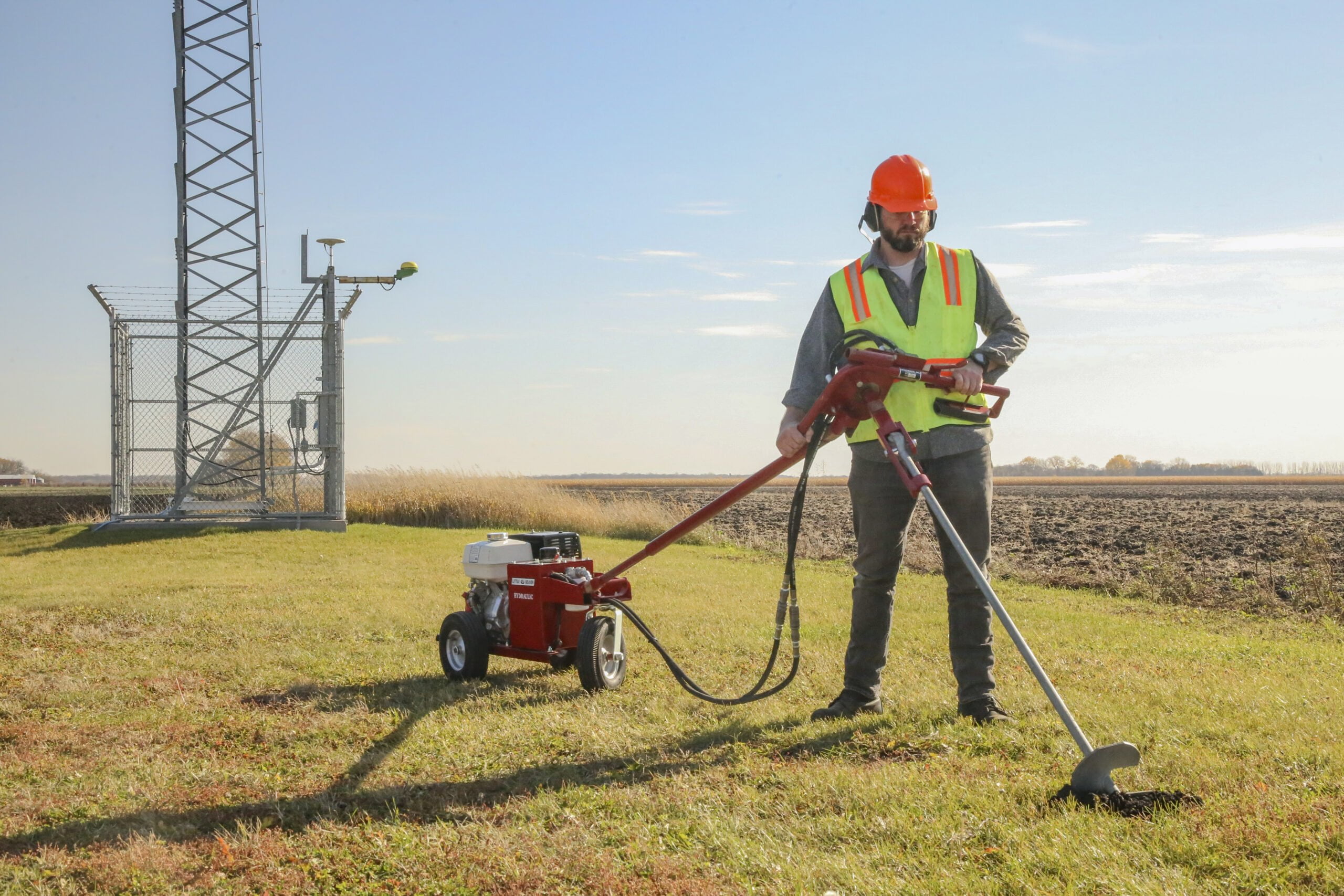
 At Little Beaver, we offer utility anchoring adaptors for our hydraulic earth drills. The adaptor connects the drill to the utility anchor for installation. We also offer a high-torque anchor handle for the hydraulic drill that generates 360 foot-pounds of torque at 60 RPM.
At Little Beaver, we offer utility anchoring adaptors for our hydraulic earth drills. The adaptor connects the drill to the utility anchor for installation. We also offer a high-torque anchor handle for the hydraulic drill that generates 360 foot-pounds of torque at 60 RPM.
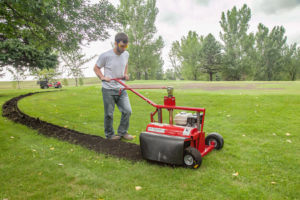
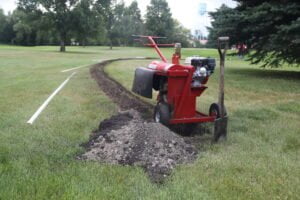
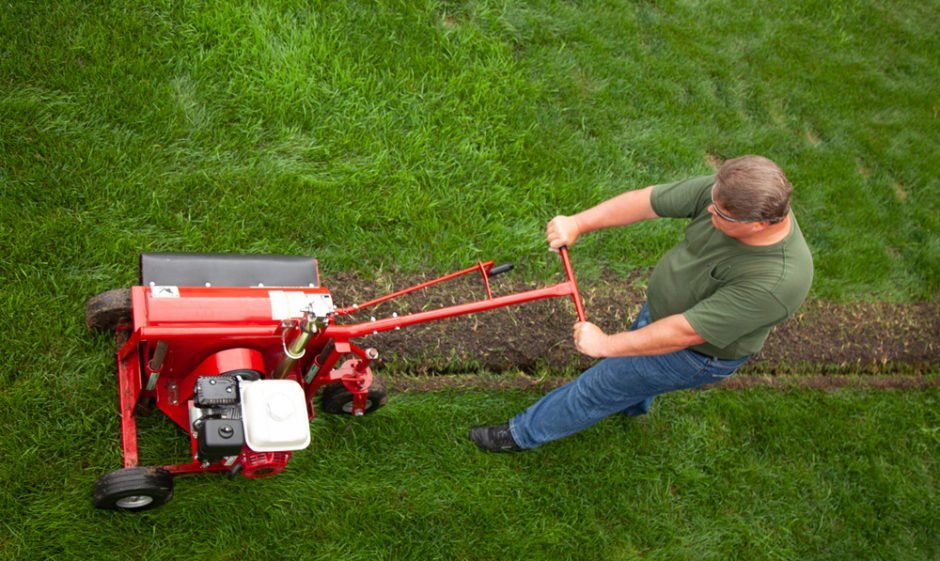
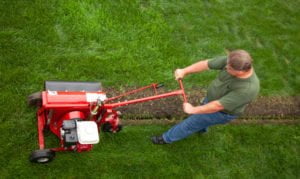
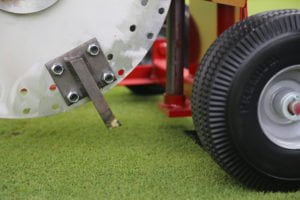 Maneuverability is also an important factor to consider with landscape trenching machines. Look for a mini-trencher with compact construction for maneuvering around obstacles like landscape settings, fences, gates and vegetation. To make the clean-up process easier, we suggest getting a mini-trencher with pneumatic tires to easily glide over grass without ripping it up. Some mini-trenchers like our Kwik-Trench are also designed to neatly deposit soil next to the trench for neat, easy backfilling.
Maneuverability is also an important factor to consider with landscape trenching machines. Look for a mini-trencher with compact construction for maneuvering around obstacles like landscape settings, fences, gates and vegetation. To make the clean-up process easier, we suggest getting a mini-trencher with pneumatic tires to easily glide over grass without ripping it up. Some mini-trenchers like our Kwik-Trench are also designed to neatly deposit soil next to the trench for neat, easy backfilling.
